The content of the article
Corn is considered to be a universal treat. Some housewives prefer to roll grains into cans, and then add them to salads. Others, on the other hand, eat boiled ears. Depending on the form of use, storage methods vary. There are basic ways to help preserve the beneficial properties of the product. Consider each of them in more detail, highlight the main aspects, give practical advice.
Useful qualities of corn
Corn is a unique product. She appreciates her for low-carb, as a result of which some housewives replace her with bread.
- Fresh corn is famous for its excessive amount of beneficial enzymes, minerals and vitamins. Due to the content of fatty acids, it is often used as a product that prevents cancer.
- Cereal crops of this kind have a good effect on metabolism, reduce the risk of cholesterol plaque formation, and normalize the psychoemotional background.
- Corn improves the activity of the heart muscle, vegetative system, heals the epidermis and hair. Corn oil is also considered useful, it has beneficial effects on the kidneys and liver.
- The fibers surrounding the head of cabbage are also appreciated. An infusion based on them is useful for diabetics and weight-watchers. In addition, the broth has diuretic properties, which improves the activity of the bile ducts.
Grain and Cob Storage
- Storage of corn at home is not particularly difficult. Prepare the crop for wintering, start harvesting around mid-October, when the fruits have not yet frozen. Choose late varieties for storage.
- After collecting corn, leaves and threads (stigmas, fibers, hairs) are removed from it. If storage will be carried out in a dry form, only dried leaves should be removed. Samples below should not be touched.
- Hang the heads of cabbage to dry by tying them together in a dry, dark place. You can also dry grains separately. If you plan to store corn in grains, the optimal moisture level is considered to be in the range of 12-14%, and for cobs no more than 17%.
- Such humidity indicators can be achieved in the attic, closet or in warm rooms such as a pantry. In winter, try to store grain in cardboard boxes, cloth bags, or plastic containers. The main thing is to ensure that the room is dry.
- You cannot save this vegetable in its original form for a long time. Clean its leaves, remove the cobs and place them in hermetically sealed bags. So corn will retain its properties and taste from a few days to two weeks. Shelf life depends on the variety, the sweetest ones are the longest. Then the cabbages start to frown.
- To increase the shelf life of corn, it should be kept in grains, not on the cobs. Pre-process the grains, keeping the heads of cabbage for 20-25 minutes in melt water. 1 liter fluid accounts for 25 ml. lemon juice and 10 gr. salt. Then separate the kernels, dry and pack into bags. Thus, the shelf life is up to three weeks.
Boiled corn storage
Preparation for storage. Before proceeding to packing, it is important to go through the preparatory phase. Such a move will help preserve the product for the whole winter.
- Choose the most ripe and intact ears, put in a pan with ample space, fill with filtered water, covering all the fruits. For long-term storage, salt the solution during languishing.
- The cob preparation time will depend on the ripeness of the fetus. The most mature specimens are cooked up to three hours, while young corn will become soft after 40 minutes.
- When the vegetables are cooked, the determinant of how you will store them: in the form of heads of cabbage or grains, chilled or frozen. Let's consider several options.
Cling film. This method is considered to be the simplest and most reliable. Wrap vegetables with cling film, after cooling and drying them. Then put the corn in the refrigerator, so it will last up to 4 days. An alternative to cling film can be ordinary plastic bags.
Microwave container. Take the solution in which the corn was cooked and pour the entire contents of the pan into the microwave container (a container for heating food in the microwave). Then refrigerate the freshly cooked ears in the solution, so the corn will remain sweet and juicy for about three days.
Freezer Immerse the peeled fruits first in cold water, then in hot, dry and wrap in polyethylene (a cling film will do). Put each ear in the freezer. In this way, the corn will remain throughout the winter. Before use, leave the product to thaw under natural conditions (room temperature) or place in bags and send under cold water.
Fridge. Most of the winter, corn can be stored in the refrigerator. To preserve properly, wash the heads of cabbage, send them to a large pot. Pour boiling water over boil, cook over medium heat for about a quarter of an hour. Pre-sterilize glass containers and lids. Fill containers with grains, 1.5-2 cm from the edges. Pour with saline solution (about 1 gram of water per 1 liter of water), tightly seal, send to the middle shelf of the refrigerator (away from the walls). Store no longer than 3 months, periodically pouring fresh salt solution into the jars.
Canned corn storage
- The easiest way to store corn is preservation. To do this, take your favorite seasonings ("Provence" are considered the best option) and fresh heads of cabbage.
- Pour water into the pan, bring to the appearance of the first bubbles, then add 20-40 g to 1 liter of water. granulated sugar (preferably cane) and fine sea salt, boil the resulting liquid for 5-7 minutes.
- Pour the grain into a pre-sterilized container, fill the corn with brine and add spices to taste. Seal containers tightly and put them in a cool room without direct sunlight. Subject to storage conditions, the exposure time reaches three years due to glass containers.
- If it is not possible to use dishes of this kind, arm yourself with containers made of thick plastic. Send the corn inside, fill with a cooled solution, place in the refrigerator. Duration of storage is 1 month.
Dried corn storage
- With such manipulations, the product can be stored dried all winter. Collect late varieties of corn after they have fully ripened.
- To dry the corn, select the intact ears and remove part of the leaves on one side, thereby revealing the grains. As for stigmas, they do not need to be removed completely. Only remove those that are easy to separate.
- Hang heads in pairs in the attic, as far as space permits. To do this, use a synthetic rope or wrap cereals in a very thin food net (can be replaced with a stocking).
- Leave the heads in a place with good air circulation. Make sure that the temperature and humidity conditions do not exceed the permissible limits. When the cold weather comes, take the corn and cook in portions.
- An alternative to storing cobs on a rope is a food container. Separate the dried grains from the heads of cabbage, leave them for a day to completely dry the composition.Pour into a plastic container, wrap with gauze on top, so as not to block access to air.
- Some housewives prefer to store dried corn in bags. It is not difficult to make them, the main thing is to prepare gauze or cotton cloth in advance. Sew the edges together, leave a hole on top. Sprinkle the seeds, tie them tightly and hang them in the attic.
If you are used to storing corn for future use, consider the most popular storage options. Preserve grains with saline, roll them in glass jars. Consider aging methods in plastic containers, plastic bags, on ropes, in freezers or refrigerators. Take product preparation seriously, pick late ripened varieties.
Video: how to preserve corn

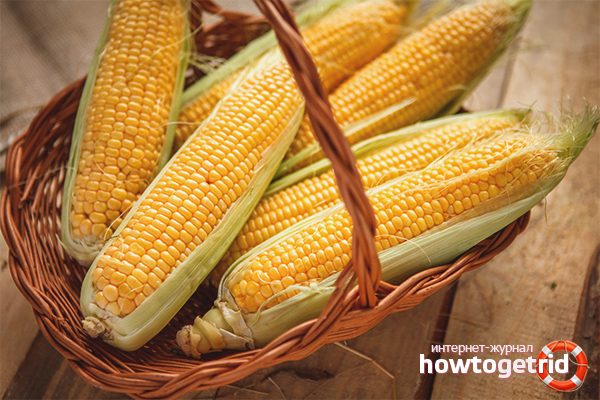
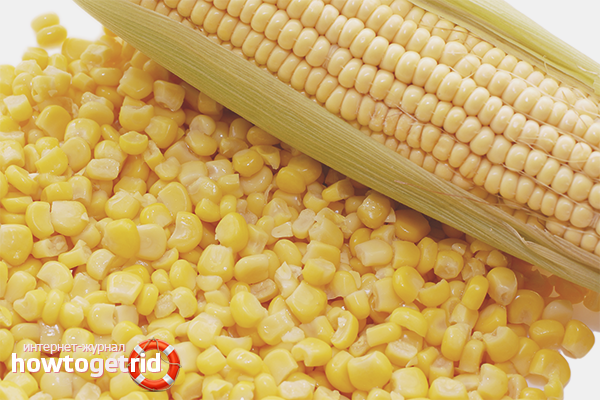
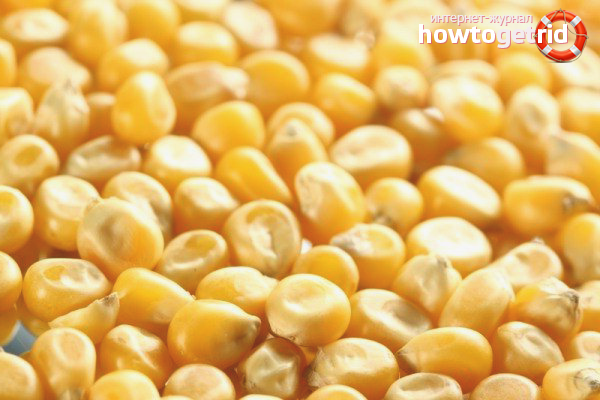

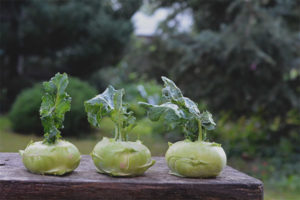
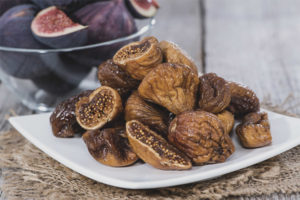

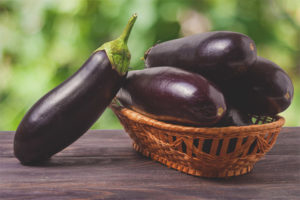
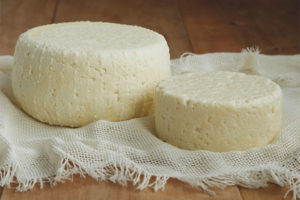
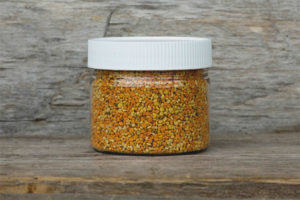
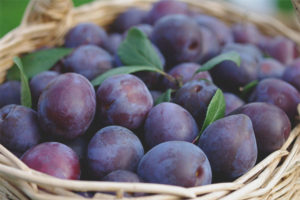
Submit